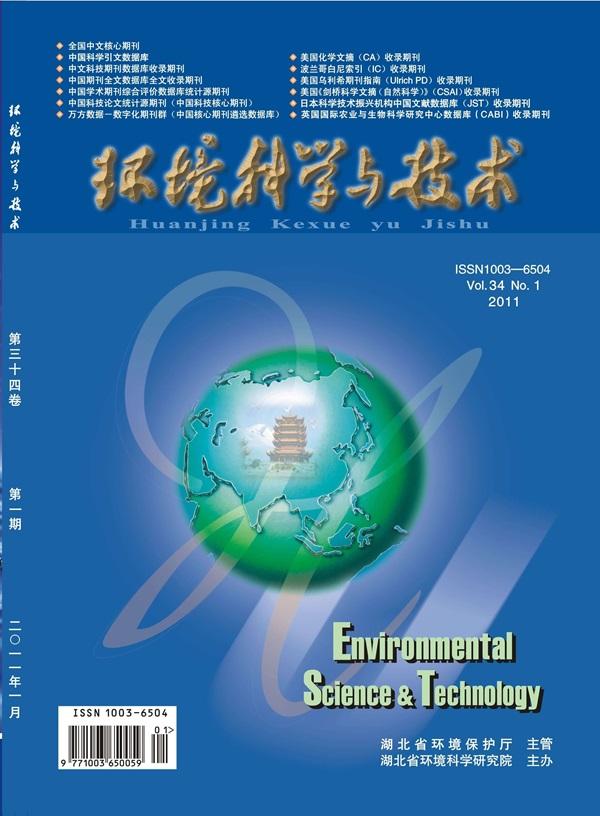Peroxide Disinfection of Vesicle-Cloaked Murine Norovirus Clusters: Vesicle Membranes Protect Viruses from Inactivation
IF 10.8
1区 环境科学与生态学
Q1 ENGINEERING, ENVIRONMENTAL
引用次数: 0
Abstract
Vesicle-cloaked virus clusters, also known as viral vesicles, exhibit higher infectivity than free viruses and demonstrate persistence in the environment as well as resilience against disinfection. These emerging pathogens represent significant, yet often underestimated, health risks. Our study investigated peroxide disinfection of murine norovirus vesicles, a surrogate for human norovirus vesicles, and elucidated disinfection mechanisms. Peracetic acid, a neutral peroxide, rapidly inactivated murine norovirus vesicles. In contrast, negatively charged peroxides, i.e., peracetate and peroxymonosulfate, exhibited restricted effectiveness in inactivating murine noroviruses within vesicles. The largely intact viruses cloaked within vesicles remained infectious and retained their ability to replicate upon vesicle lysis triggered by mechanical forces, enzymatic activity, or chemical reactions following disinfection. Peroxides primarily targeted vesicle/viral proteins, particularly amino acid residues such as cysteine and methionine, without affecting the viral ORF2 gene fragment or vesicle structures. Disruption of viral internalization, rather than binding, plays a key role in infectivity loss. This work highlights the protective role of vesicle membranes and emphasizes the need for innovative disinfection approaches to effectively target viruses cloaked within vesicles.

求助全文
约1分钟内获得全文
求助全文
来源期刊

环境科学与技术
环境科学-工程:环境
CiteScore
17.50
自引率
9.60%
发文量
12359
审稿时长
2.8 months
期刊介绍:
Environmental Science & Technology (ES&T) is a co-sponsored academic and technical magazine by the Hubei Provincial Environmental Protection Bureau and the Hubei Provincial Academy of Environmental Sciences.
Environmental Science & Technology (ES&T) holds the status of Chinese core journals, scientific papers source journals of China, Chinese Science Citation Database source journals, and Chinese Academic Journal Comprehensive Evaluation Database source journals. This publication focuses on the academic field of environmental protection, featuring articles related to environmental protection and technical advancements.
 求助内容:
求助内容: 应助结果提醒方式:
应助结果提醒方式:


